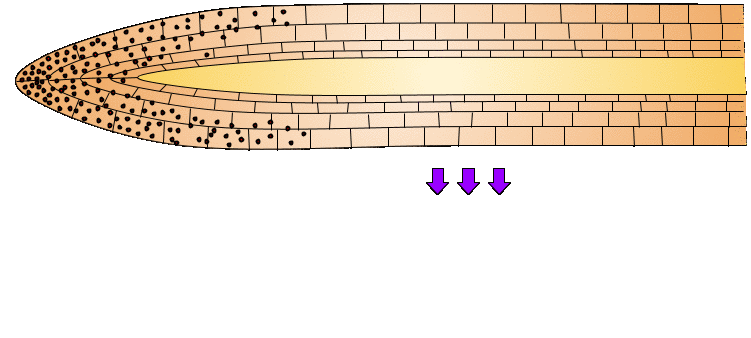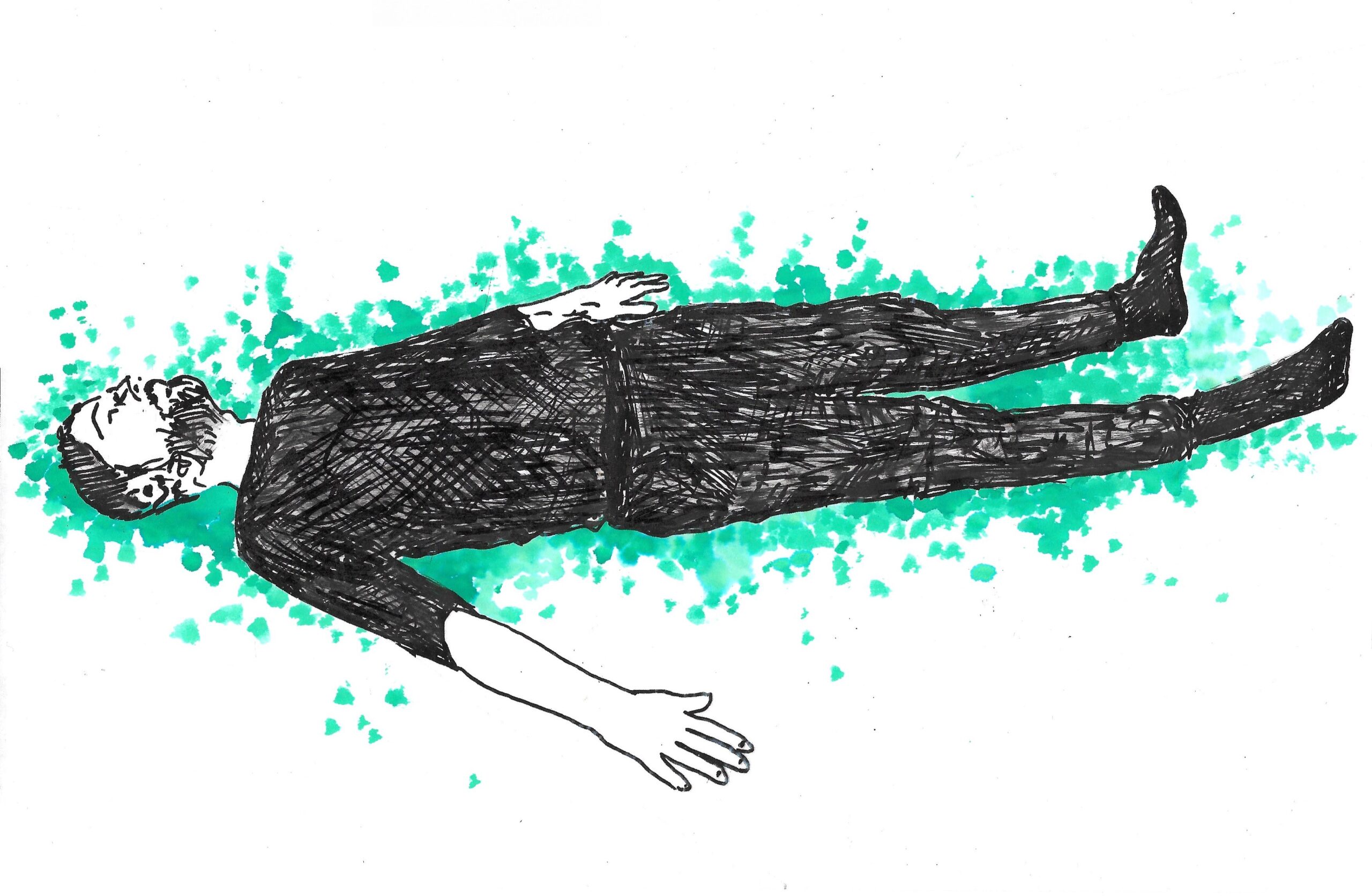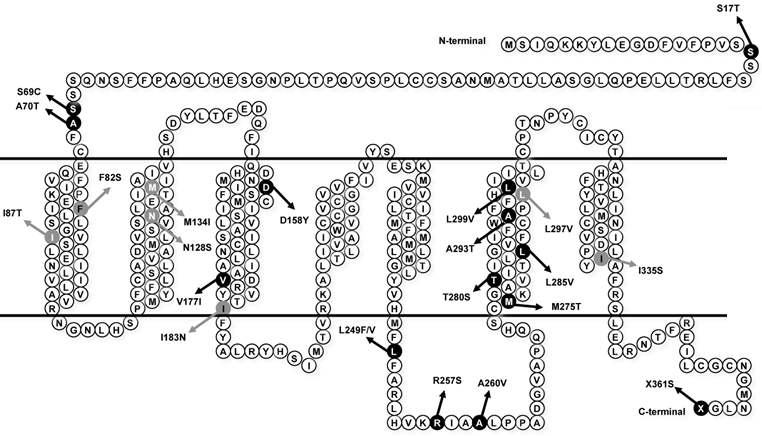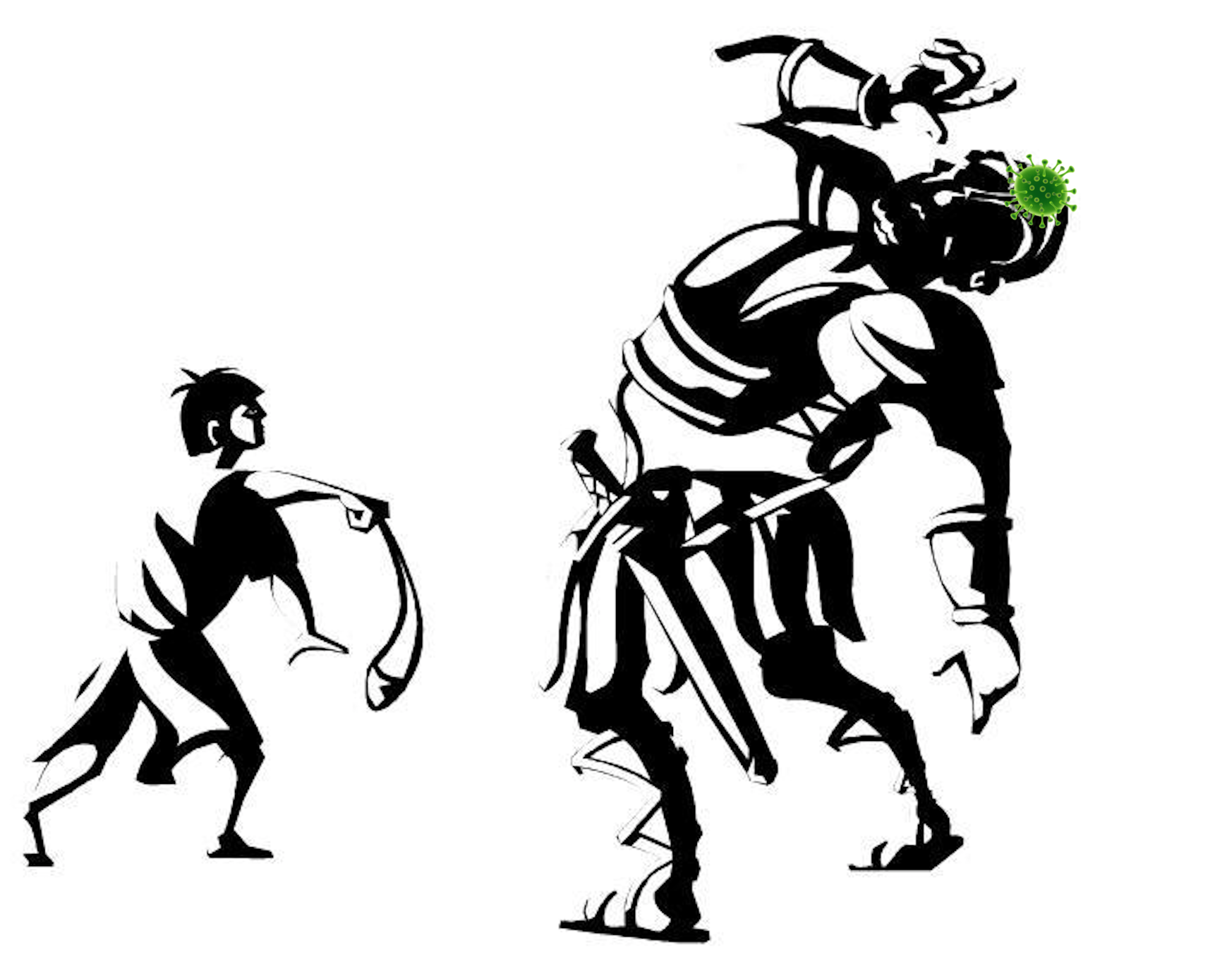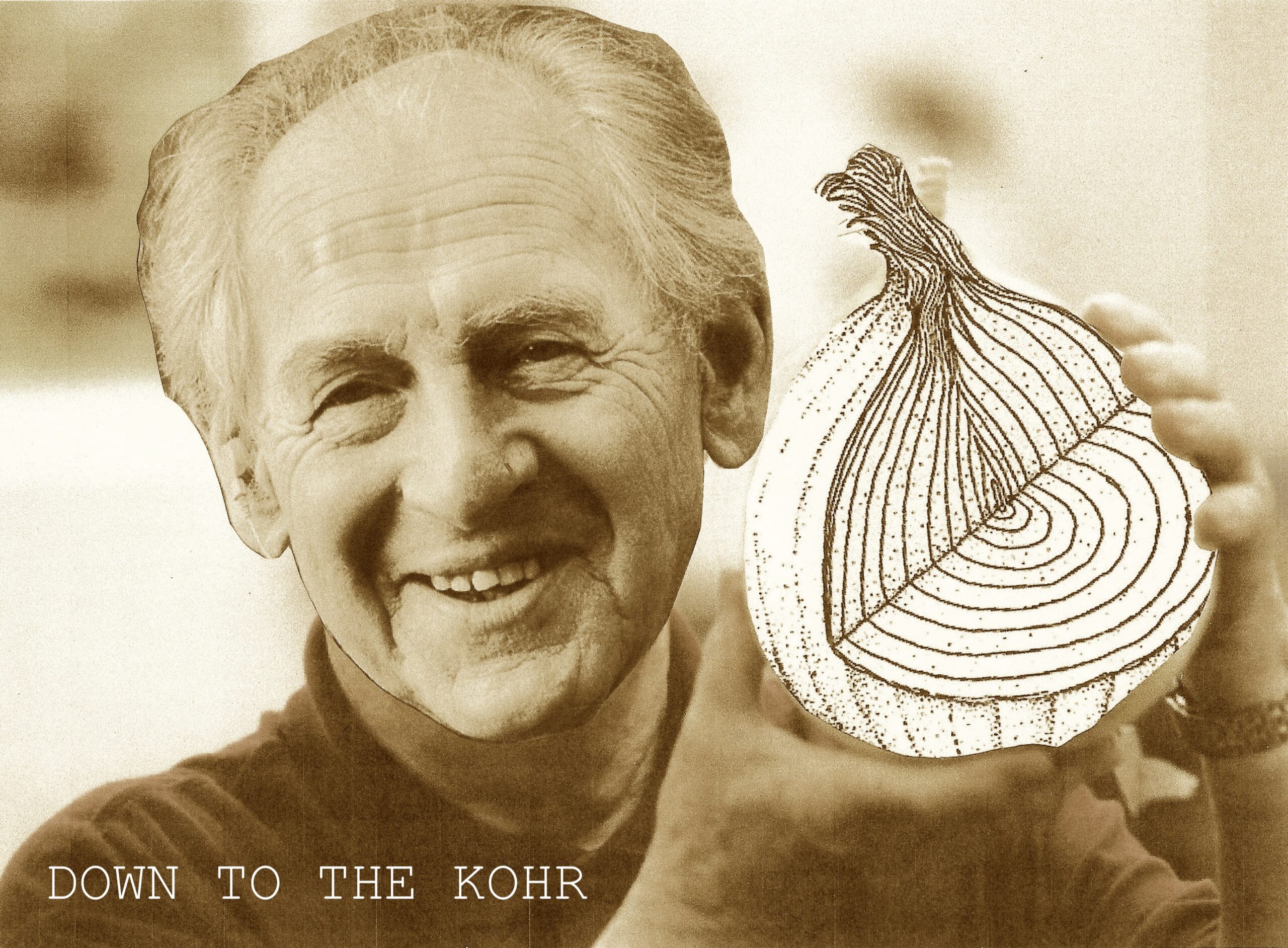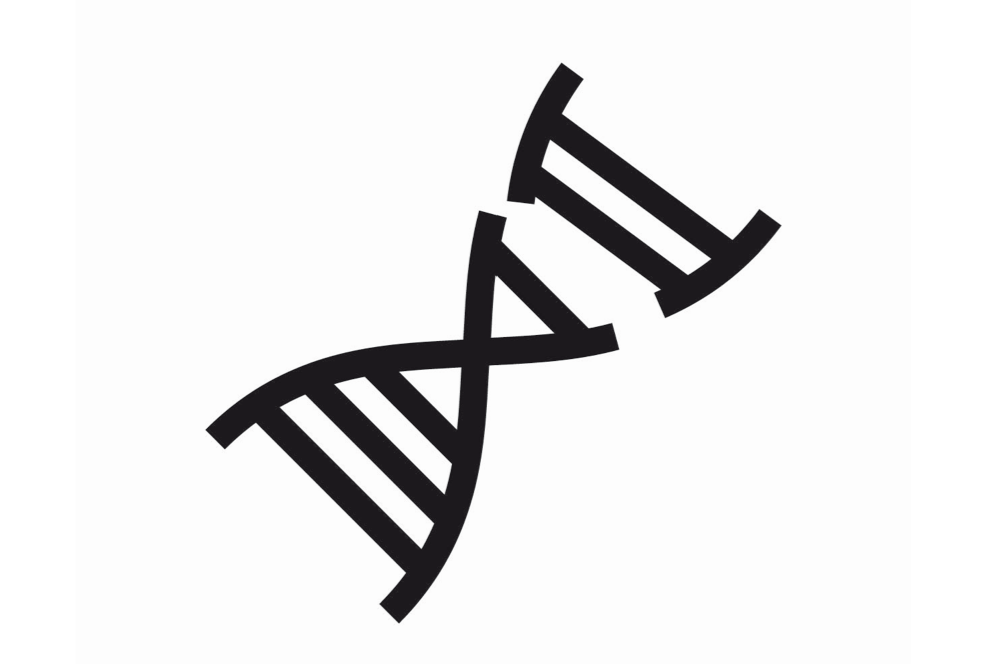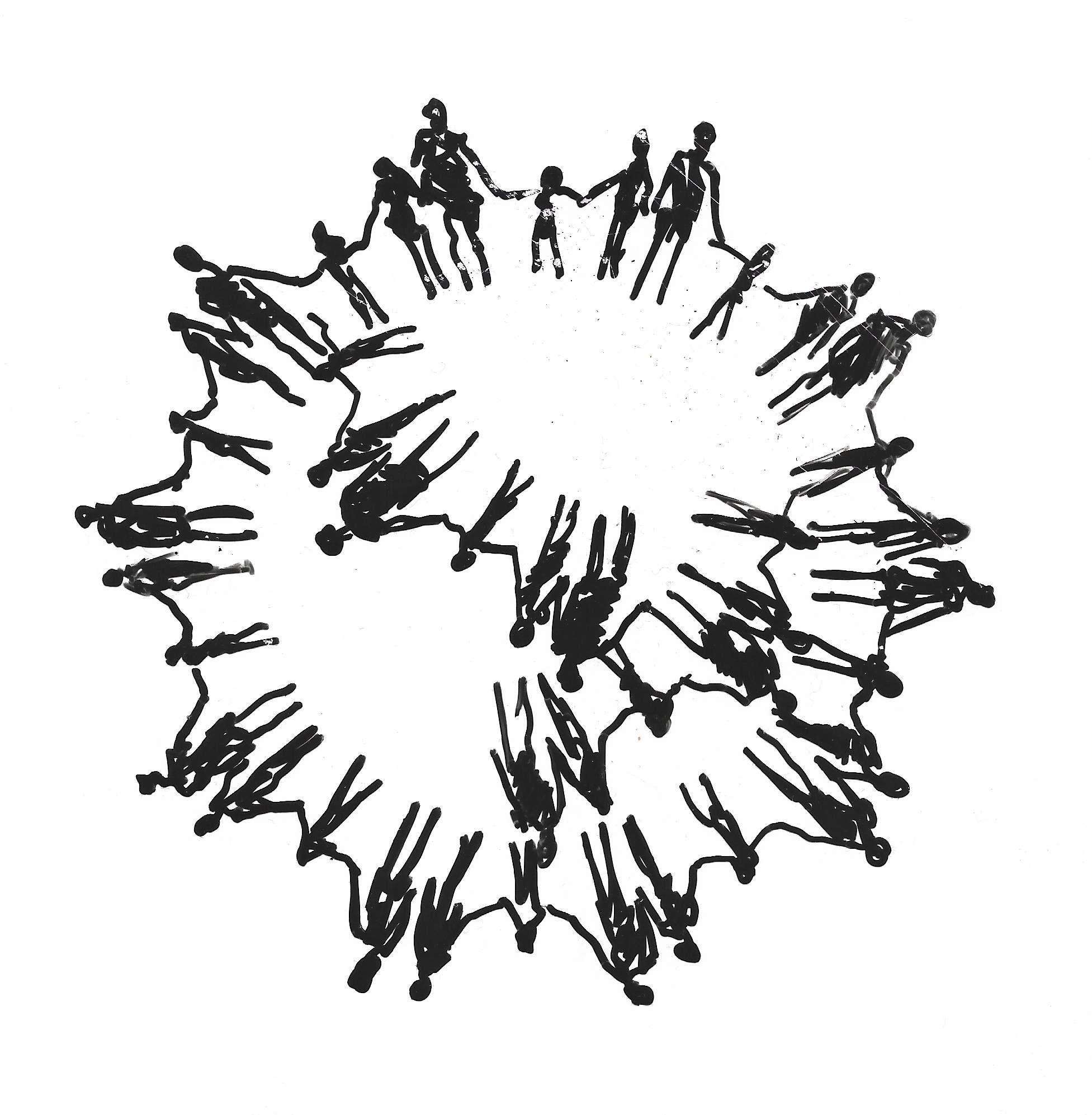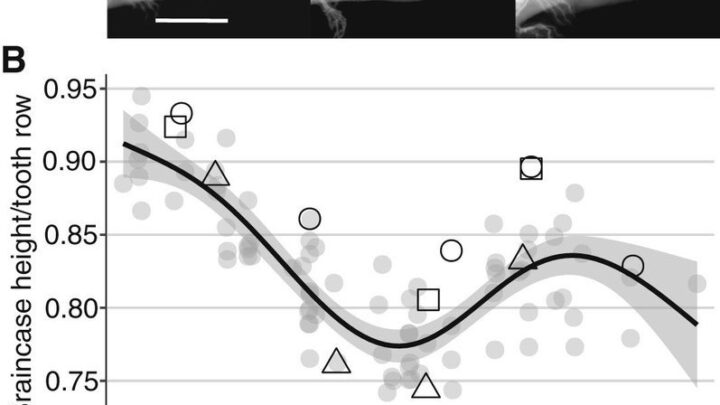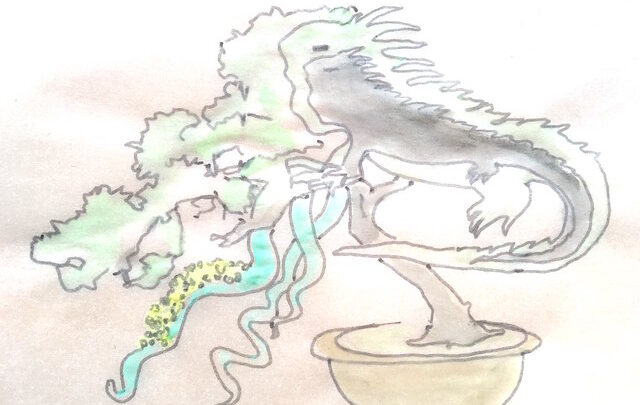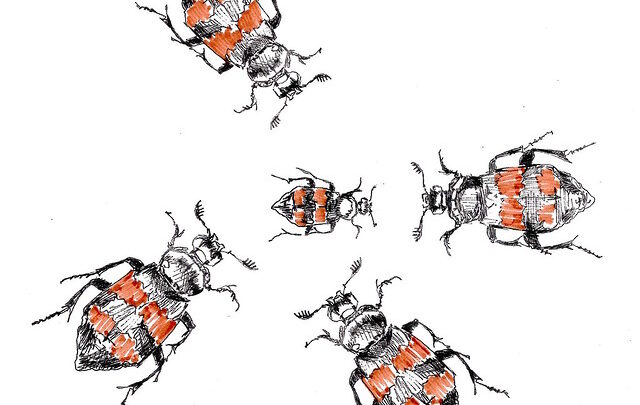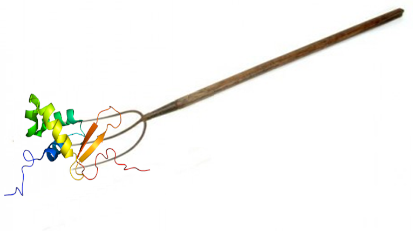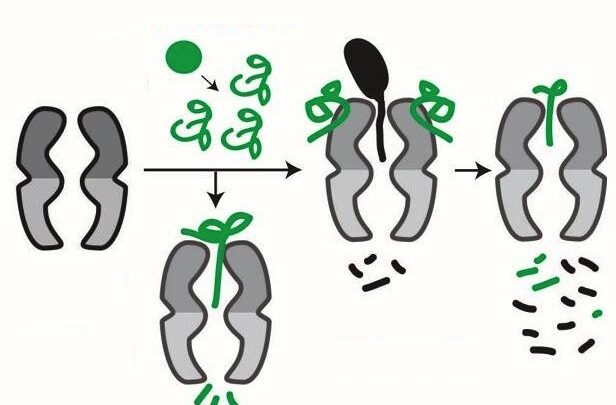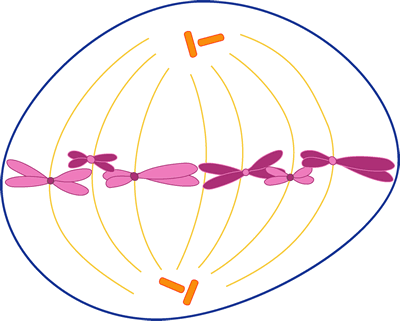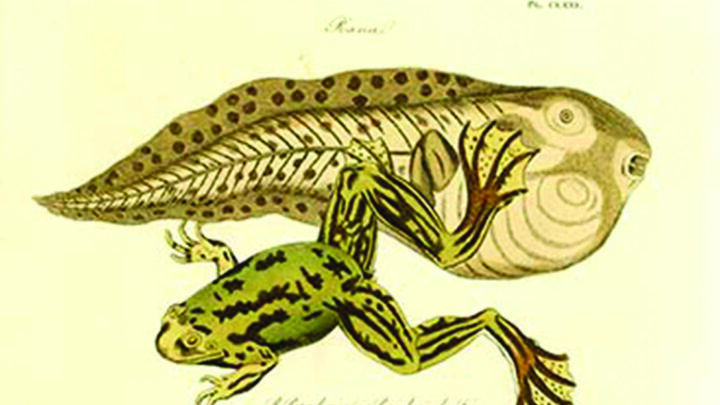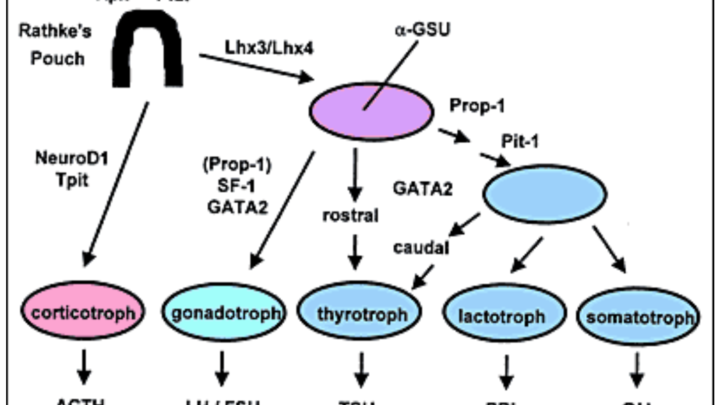Category: Growth Antagonists
GHRE: Gravitropism
March 29, 2022MCR3
November 7, 2021David and Goliath
March 24, 2020Kohrisms
March 15, 2020The Austrian economist and political scientist Leopold Kohr opposed the “cult of bigness” in social organization. He inspired the movement for a human scale and the Small Is Beautiful movement. His most influential work was The Breakdown of Nations. In 1983, he was awarded the Right Livelihood Award. In the…
Hallmarks of Malignant Growth: Genome Instability and Mutation
October 2, 2018Neglecting Gravity
April 17, 2018Degrowth:Buddhist Economics
March 3, 2018The Dehnel Phenomenon
December 31, 2017Shrink Agents
April 30, 2016Thumbs Up for Teens.
March 15, 2016Japanese Miniatures: Hara Hachi Bu
November 20, 2014FOXO3a
June 20, 2014Recent studies have identified the FOXO3a (Forkhead Box 3a) transcription gene as an important regulator of morphological scaling. It’s a key regulatory gene in a nutrient- and energy-sensing biological pathway (insulin/IGF-1 signalling pathway),that throughout our evolution was conserved from yeast to humans. FOXO3a anticipates food scarcity…
Voluntary Simplicity
April 23, 2014Voluntary simplicity is characterised by individuals being satisfied with what they need rather than what they want. Simple living movements testify to the mindset and behaviour needed for humanity to make drastic changes. Its many secular and religious manifestations function as a source of how to…
Microbial Temper Tantrums
March 22, 2014In stressful conditions, cells must prevent the initiation of replication and shift their priorities to protective functions. In other words: they must stop division and growth. Experiments in bacteria at the University of Massachusetts Amherst have uncovered the mechanism that translates stress into blocked cell growth.…

